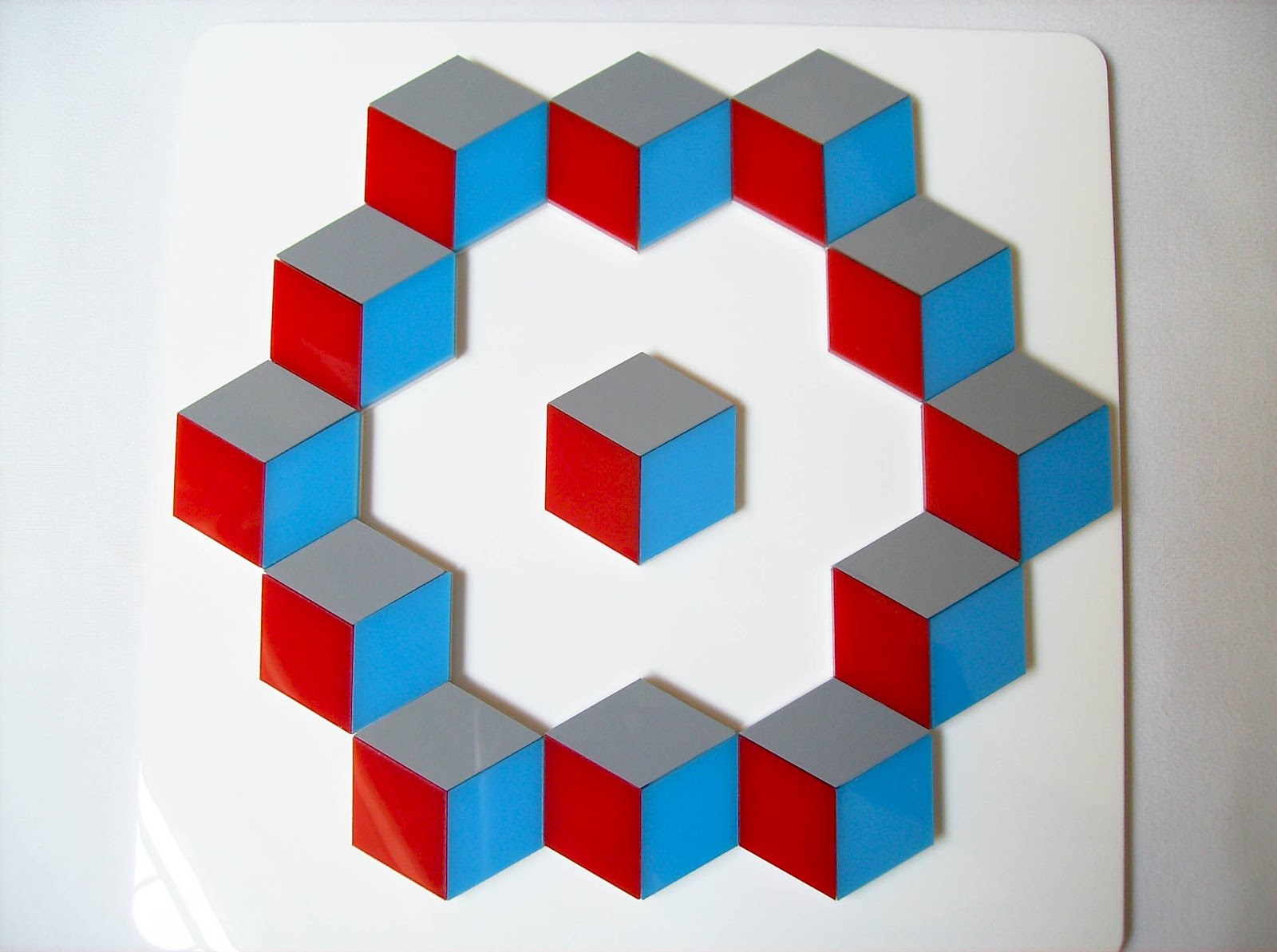In the realm of ancient measurements, the term "threescore cubits" often raises questions about its meaning and significance. This phrase, rooted in historical contexts, particularly the Bible, refers to a specific measurement that can be quite intriguing to explore. As we delve deeper into the meaning of "threescore cubits," we will uncover not only its numerical value but also its implications in the cultures and texts where it appears.
The term "threescore" is an archaic way of saying sixty, so when we talk about "threescore cubits," we are essentially discussing a measurement of sixty cubits. In various ancient texts, such as the Bible, cubits were commonly used to describe dimensions, particularly in the construction of significant structures like temples and monuments. Understanding this measurement provides insight into the architectural practices of ancient civilizations.
As we navigate through the exploration of "threescore cubits meaning," we will touch on its historical context, its applications in scriptures, and what it reveals about the societies that employed such measurements. This journey promises to unveil the layers of meaning associated with this intriguing phrase.
What Exactly Does Threescore Cubits Mean?
To grasp the "threescore cubits meaning," we must first break down the components of the phrase. The word "threescore" represents the number sixty, derived from the Old English term "score," which denotes twenty. Therefore, "threescore" means three times twenty, equating to sixty. When paired with "cubits," a unit of measurement used in antiquity, we are looking at a total of sixty cubits.
How Was a Cubit Defined in Ancient Times?
Cubits were traditionally defined as the length from the elbow to the tip of the middle finger, roughly translating to about 18 inches or 45.72 centimeters. However, the exact length could vary based on the individual, the culture, and the time period. This variability makes historical measurements somewhat imprecise but interesting to analyze.
Where Do We Encounter Threescore Cubits in Historical Texts?
The phrase "threescore cubits" appears prominently in the Bible, specifically in the description of the dimensions of King Solomon's Temple. According to the scriptures, the temple was a remarkable architectural achievement, and its measurements serve to illustrate the grandeur and significance of this sacred space. The use of "threescore cubits" in this context emphasizes the scale and importance of the structure.
Why Is Understanding Threescore Cubits Important?
Understanding "threescore cubits meaning" is significant for multiple reasons. Firstly, it helps us appreciate the architectural accomplishments of ancient civilizations, particularly in religious contexts. The dimensions of structures often reflect not only practical needs but also cultural values and beliefs. Secondly, this understanding enriches our comprehension of historical texts, providing insight into the authors’ intent and the societies they represented.
What Are Some Examples of Other Measurements in Ancient Architecture?
To further appreciate the significance of "threescore cubits," it is valuable to consider other ancient measurements that were commonly used in architecture:
- Foot: The foot, another common measurement, was often used alongside cubits.
- Yard: This measurement was also prevalent, particularly in English-speaking regions.
- Fathom: Used primarily in maritime contexts, a fathom is equivalent to six feet.
- League: This unit measures distance, typically around three miles.
How Do Modern Measurements Compare to Threescore Cubits?
To put "threescore cubits" into a modern context, we can convert it into feet or meters. Given that one cubit is approximately 1.5 feet, threescore cubits would equate to about 90 feet or roughly 27.43 meters. Such conversions allow us to visualize the scale of ancient structures in a contemporary framework, making the historical significance of threescore cubits more relatable.
What Other Historical Contexts Involve Cubits?
Cubits were not exclusive to the Bible; they were utilized in various ancient cultures, including the Egyptians, Mesopotamians, and Greeks. Each culture had its unique adaptations and interpretations of this measurement:
- Egyptians: The royal cubit was a standard measure used in the construction of the pyramids.
- Mesopotamians: They used cubits in their architectural designs, influencing their ziggurats and temples.
- Greeks: The ancient Greeks also adopted cubits in their building practices, evident in structures like the Parthenon.
How Is Threescore Cubits Relevant Today?
While "threescore cubits" may seem like an archaic expression, its relevance persists in modern discussions of historical architecture and measurements. Scholars, historians, and architects often reference such terms to draw parallels between ancient and contemporary practices. Understanding these measurements fosters a deeper appreciation for the ingenuity of ancient cultures and their contributions to the built environment.
Conclusion: What Can We Learn from Threescore Cubits?
In conclusion, exploring the "threescore cubits meaning" allows us to bridge the gaps between ancient practices and modern understandings of architecture and culture. The numerical value of sixty cubits may seem simple, but its implications are profound. From historical texts to contemporary applications, the significance of this measurement continues to resonate, reminding us of the enduring legacy of our ancestors and the structures they built.
You Might Also Like
Ultimate Guide To Wasp Killer Spray: Your First Line Of DefenseExploring The Allure Of European Nude Art
Elevate Your Style: The Perfect Dress Shirt With Suspenders
Discovering The Art Of Mixing: Cognac And Ginger Ale
Consequences Of Neglecting Property Taxes: What Happens If You Don’t Pay?
Article Recommendations
- Exploring The World Of Mrdeepfake A 2024 Guide
- Insights Into The Life Of Jerry Cantrellrsquos Wife A Closer Look
- Unveiling The Life And Controversy Surrounding Nichol Kessinger


